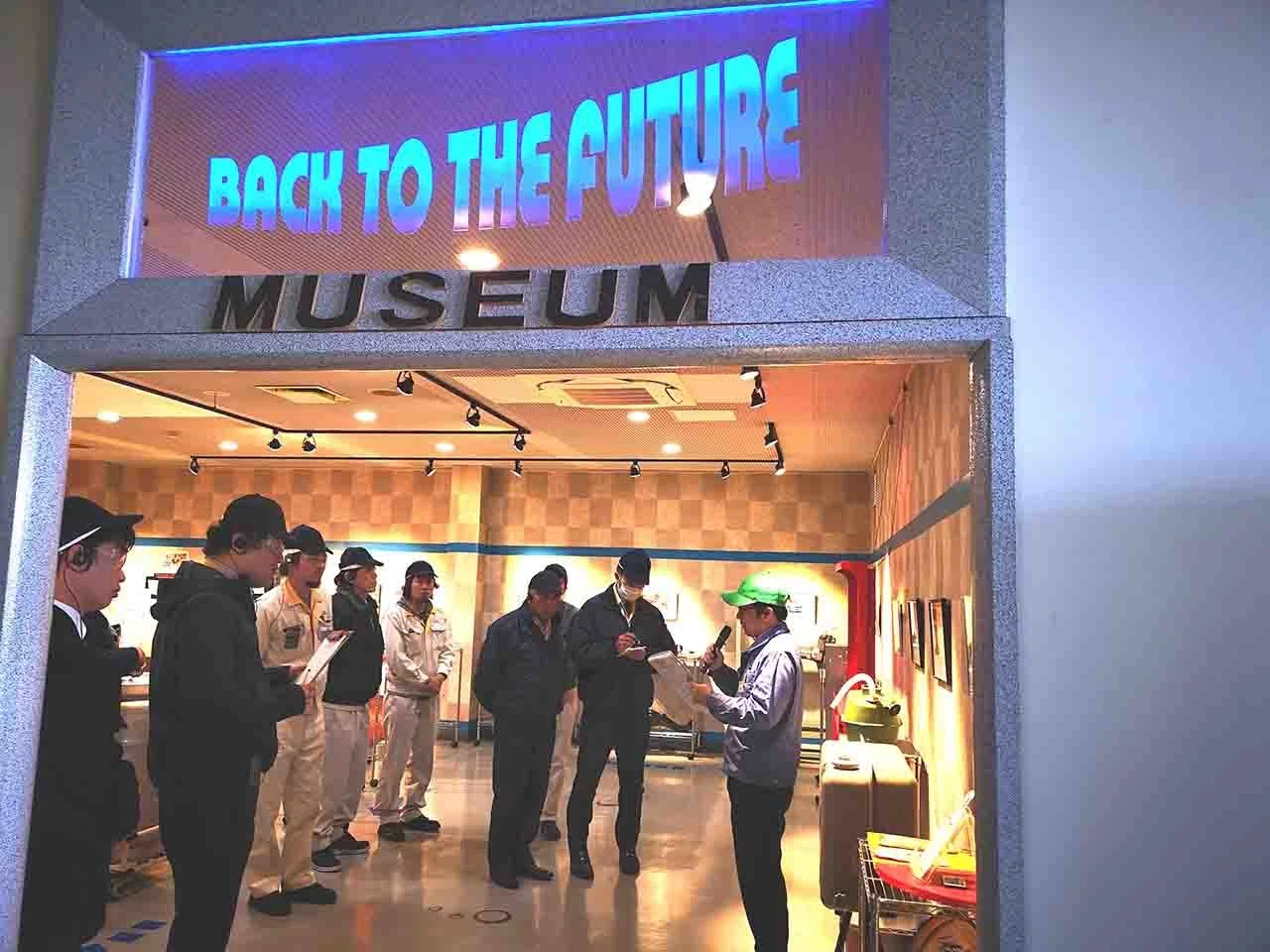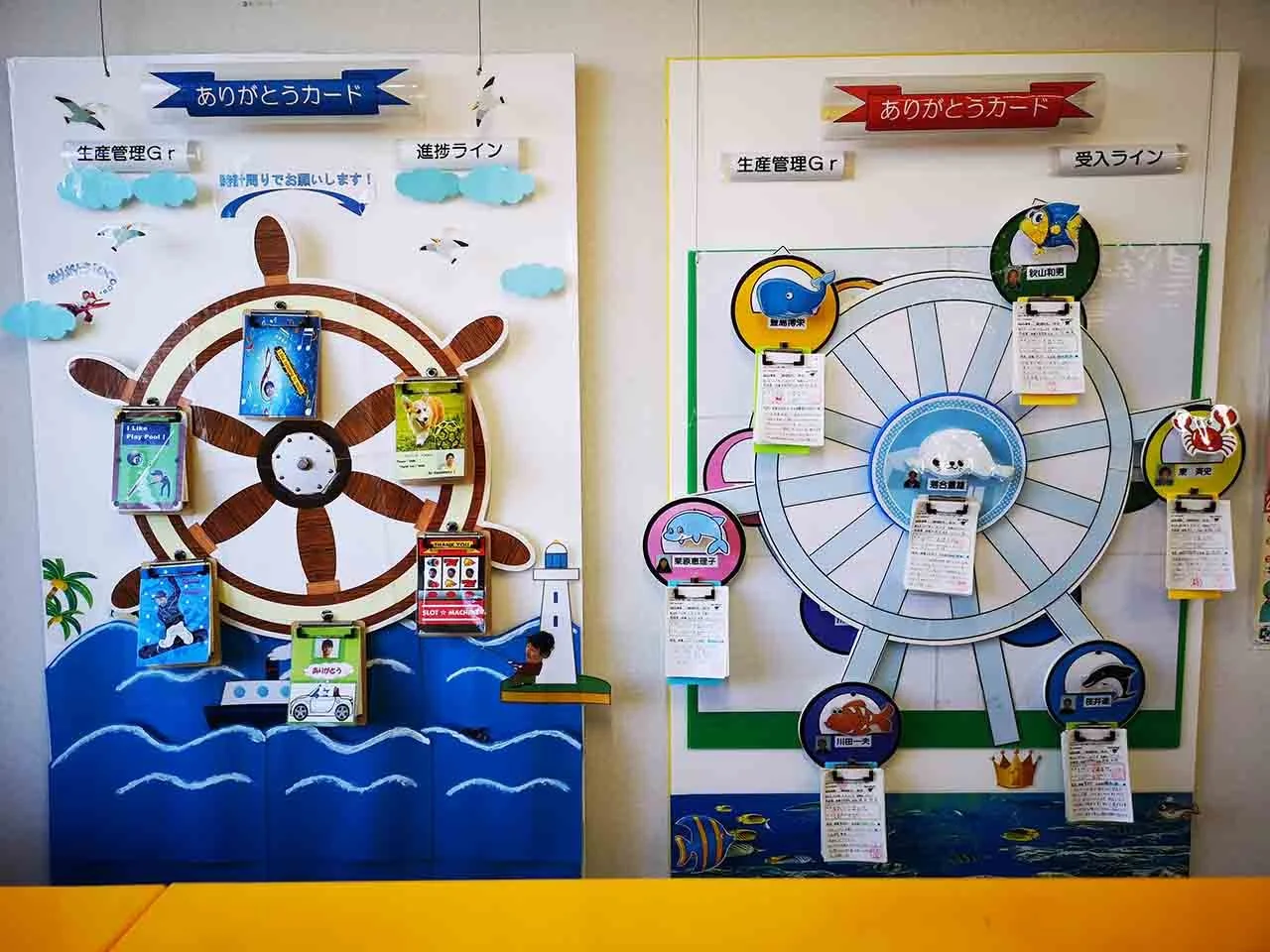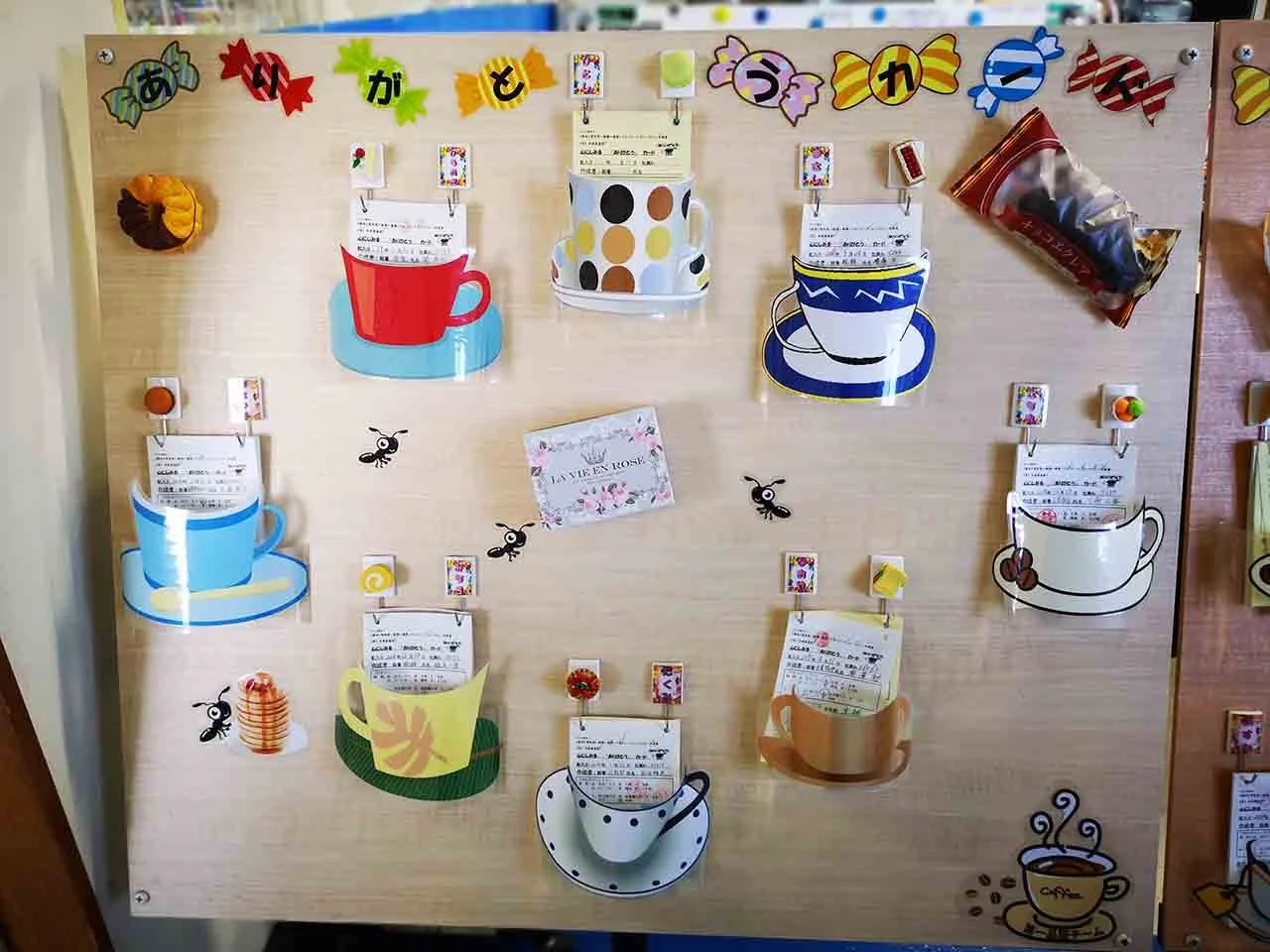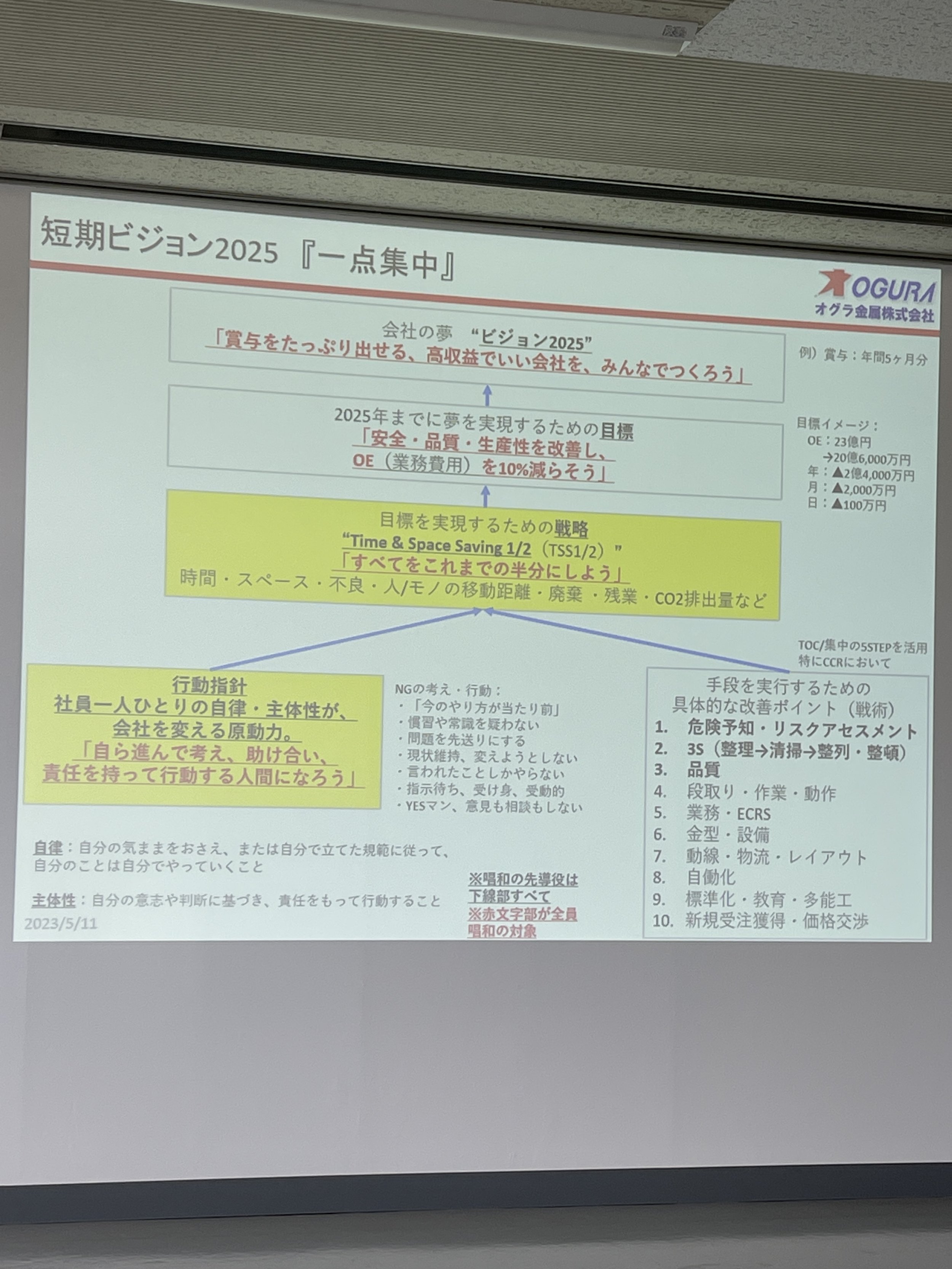Day Four - Katie Anderson's Japan Study Trip (part 1)
“We want to be an indispensable company for the people of the local community. - Ogura Metal Co., Ltd Management Philosophy
Happiness has been a theme of this week. According to Deming, people are entitled to joy at work. Our visit to Ashikaga today was the best example of this theme. Ashikaga is known as the "5S City" for using 5S throughout the city. At a luncheon, a former Ashikaga Red Cross Hospital chairman said we focus on customer happiness instead of customer satisfaction.
Our best example of employee happiness was at Ogura Metal Co., Ltd. Founded in 1922, Ogura Metal Co., Ltd is a Japanese metal company. There are currently around 330 employees at the company. Their primary business is metal processing in four business areas: automobiles, amusement parts, environmental product parts, and railway vehicle parts. They are also a primary supplier to Toyota.
The Back to the Future Museum is one of the first things you see when you enter the lobby. Various tools from their history are displayed in the museum as a tribute to their past.
On the plant tour, we saw a great example of how they influence happiness. Every area had a themed thank you card area. It's a formal way for employees to express their appreciation for one another. As with Ina Foods, their reward system is not extrinsic. The team members' thank you cards can be seen next to each other. Employees are identified by icons and encouraged to give at least one thank you card to each other monthly. One of the team's boards was themed around a Japanese folk tale. A second team used donuts and coffee. One group used a Ferris wheel, where the employee with the most thank you's would fall to the bottom and catch a prize on the way down.
Thank You Card Ferris Wheel
Coffee and Donut Themed Thank You Card Board
In the past, they would lock the expensive measuring tools and supplies in a cabinet. Kaizen was practiced by moving tools and supplies from locked cabinets to central open areas (muda and muri). The idea is they trust their employees. Those who take a particular measurement tool put their photos in the slot. I sometimes take a few items more than I need at Western companies I visit because office supplies are almost impossible to find. Ogura implemented very simple kaizen. They put the internal costs on the office supplies. This Kanban visualization changes how employees perceive the cost of office supplies. In an ironic twist, a grocery store called Piggly Wiggly provided some of Toyota's original ideas for JIT and Kanban.
In the same way that Ashikaga's 5S was created, Ogura Metal Co., Ltd created its own 5s version. They have slightly rearranged the order in which they define the first three S's and the last two as outcomes.
Ogura 5S
Ogura Metal Co., Ltd also heavily uses the Theory of Constraints (TOC). Mrs. Noriko Ogura, the current COO and daughter of the company’s founder, showed us her copy of the Goal in Japanese during the final presentation. I told her I would send her a copy of the Phoenix Project. She hadn't heard of it. A few of the plants we visited also used TOC. Ironically, Goldratt wouldn’t allow the Goal to be published in Japan until 2001. Goldratt felt that the Japanese were already more advanced than the US manufacturers and that if the Japanese learned about TOC, the US would never catch up. When he asked about catching up to Japan, Dr. Deming replied, do you think they're standing still?
A devastating flood hit Ashikaga in 2019. The Ogura Metal Co., Ltd claimed that they were able to get the factory up and running in only three days due to their 5S practices. I asked them if they could give an example of using 5S to enable that quick recovery during the Q&A. They had already maximized their central spacing of machines and equipment as part of their 3S (Organize/Sort-->Clean --> Line Up, Tidy). The floor was free of electrical wires. They gave an example of cleaning out a cabinet in your home. You take all the items out. Then you sort the ones you need and eliminate the ones you don't need. Then you put the things you need tidily back in the cabinet. Now you have extra space for new items. This type of practice came in handy during the flood.
Ogura’s Hoshin Kanri Board
I've been very good at minimizing the Hawthorne Effect over the years when visiting companies. "Hawthorne effect" refers to the reactivity that occurs when people realize they are being observed and modify an aspect of their behavior. We saw some of this at the different companies we visited this week. All of these companies are doing what they claim to be doing systematically. We enjoyed an informal dinner with the COO, Mrs. Noriko Ogura, at a sweet potato factory called Tokoyo Foods. Katie handed us each thank you cards, like those used at Ogura, as we rode back to Tokoyo. The Ogura vice chairman wrote individual notes to each of us. That's walking the walk.





